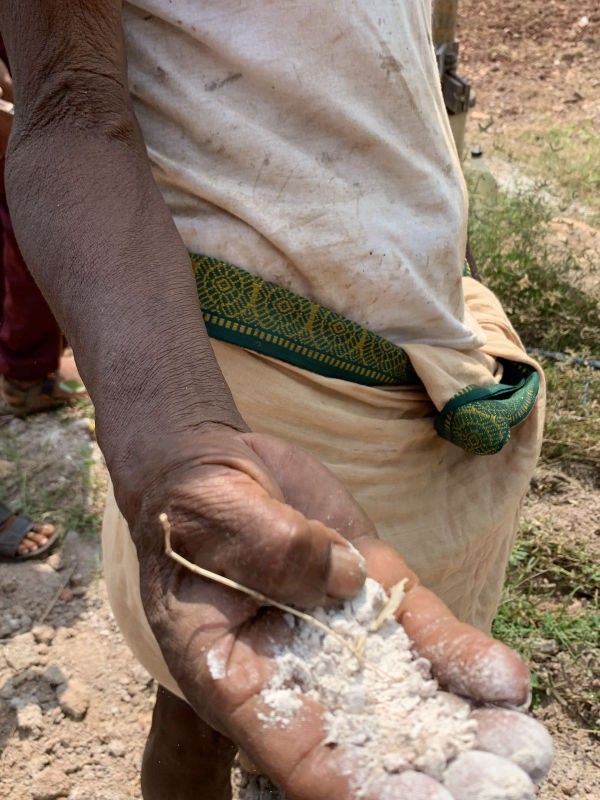
Necrovitality and Porous Exclusions: On Dying amidst Chemical Vitalities
Note: This post contains images of skin wounds. If you are dermatophobic, read/view at your own discretion. You may instead listen to the post. An entry into the world through the pore urges us to see the chemical and material world as vital, volatile, viscous, transcorporeal–some of the topics addressed in the Platypus series, “Witnessing the porous world.” Jane Bennett, in describing and diving into the “life of metal,” begins by asking, “can nonorganic bodies also have a life? Can materiality itself be vital?” (2009, 53). Life, for Bennett as they converse with philosophers Deleuze and Nietzsche is, “a-subjective” and “impersonal” (54). Bennett’s effort to “avoid anthropocentrism and biocentrism”, leads them to “material” and “metallic vitality” that is imminent from “vacancies,” “holes,” and “cracks” that render material “porous” (59-61). (read more...)

